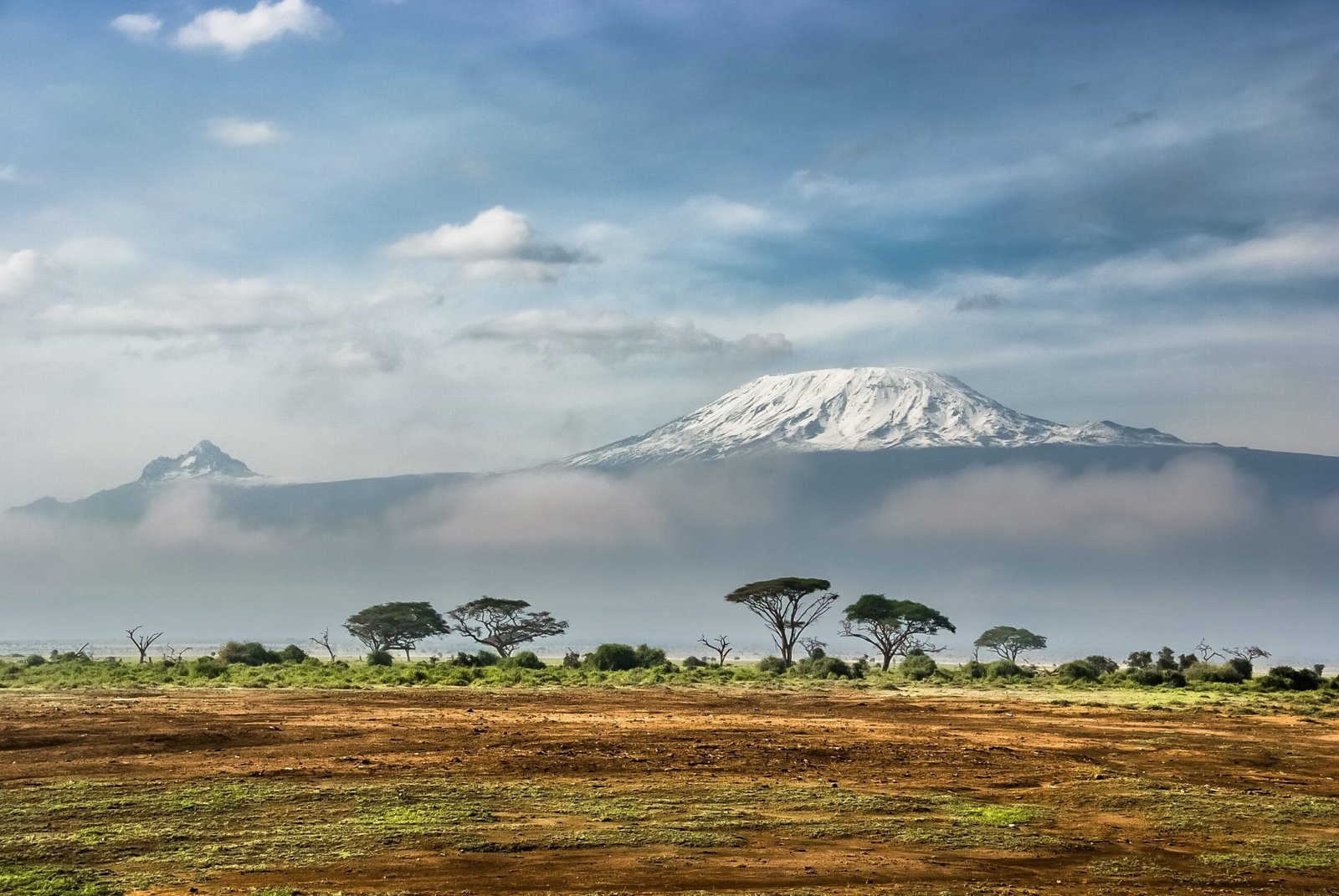Kenya’s wildlife agency, the Kenya Wildlife Service (KWS), is embarking on a significant endeavor to relocate 21 rare and endangered black rhinos from their current sanctuaries. This move comes as a result of the rapid increase in the rhino population, leading to overcrowding in their current habitats.
The KWS has announced that three rhinos will be translocated from Nairobi National Park, while others will be moved from Ol Pejeta and Lewa conservancies. These rhinos, primarily belonging to the eastern black rhino subspecies, will find a new home in the recently established sanctuary at the Loisaba Conservancy in northern Kenya.
For the Loisaba Conservancy, this relocation marks a significant milestone. It will be the first time in 50 years that rhinos will roam its grounds, as the species was wiped out by poachers in the past. The conservancy expressed excitement about the reintroduction of rhinos, highlighting the positive impact it will have on the region’s biodiversity.
The successful relocation of these rhinos is a testament to Kenya’s conservation efforts. Just three decades ago, black rhinos were on the brink of extinction, with a population of only slightly over 200 in 1994. Today, thanks to dedicated conservation initiatives, the black rhino population in Kenya has surpassed 1,000 individuals.
Tourism Minister Alfred Mutua spoke about this remarkable achievement, stating, “This is very good news and it’s because of our conservation efforts. We’ve reversed the heavy poaching that used to be there, we’ve reversed the abuse of the areas where the animals were living so that we could properly conserve them.”
The growth in the black rhino population is a clear indication of the positive impact of conservation measures implemented in Kenya. These measures include intensified anti-poaching efforts, habitat protection, and community engagement. By addressing the root causes of rhino decline, Kenya has successfully turned the tide and secured a brighter future for these majestic creatures.
The relocation of the rhinos from Nairobi National Park, Ol Pejeta, and Lewa conservancies to the Loisaba Conservancy is a carefully planned operation. The KWS will ensure the safety and well-being of each rhino throughout the process, minimizing stress and potential risks.
Once settled in their new sanctuary, the rhinos will play a crucial role in maintaining the delicate balance of the ecosystem. As herbivores, they contribute to the dispersal of seeds and the control of vegetation, which in turn supports other wildlife species.
Furthermore, the presence of black rhinos in the Loisaba Conservancy will enhance its appeal as a tourist destination. Wildlife enthusiasts and conservationists from around the world will have the opportunity to witness these magnificent creatures up close, while also contributing to the local economy and conservation efforts through sustainable tourism.
The successful relocation of these black rhinos is a significant milestone in Kenya’s ongoing commitment to wildlife conservation. It demonstrates the country’s dedication to preserving its natural heritage and ensuring the survival of endangered species. Through continued efforts and collaboration, Kenya remains at the forefront of global conservation initiatives, setting an example for others to follow.
